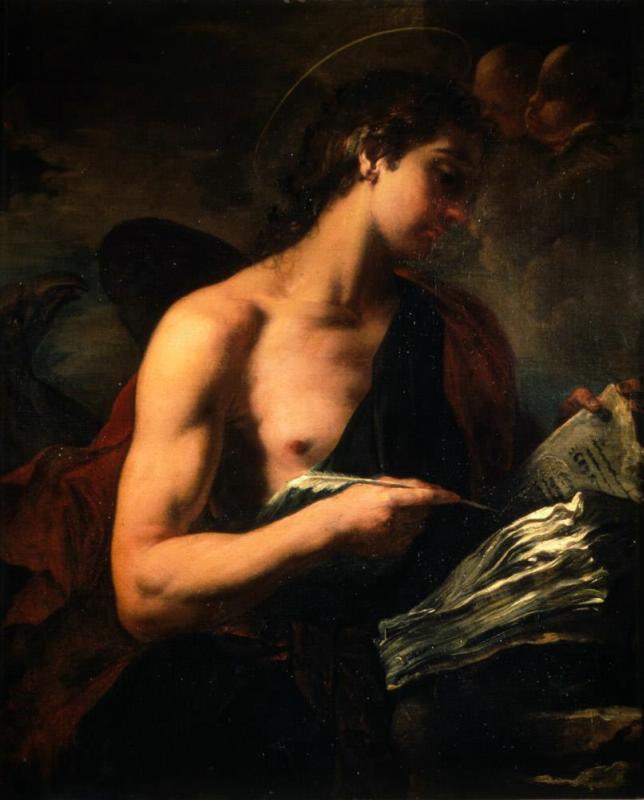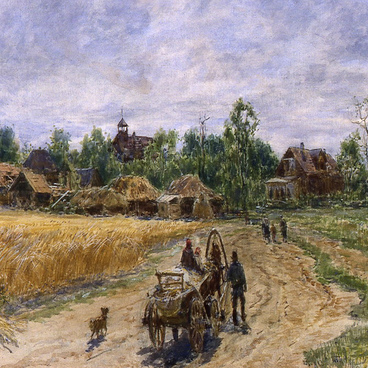Penza Picture Gallery named after K.A. Savitsky has an interesting collection of Western European painting, graphic art and sculpture, which has about 600 items.
The pride of the exposition is the works of Italian painting of the 17th century, which give an idea of the Baroque style formation. Continuing the traditions of the Renaissance, the artists of this period quite often turned to religious and mythological scenes, but introduced an element of sublime pathetic, saturated paintings with active movement, complex angles and lighting effects.
One can characterize Baroque style by contrast, tension, dynamic images, the desire for greatness and splendor, to combine reality and illusion. Idealization of images is combined with the swiftness of movements, reality with fantasy, religiosity with emphasized sensuality.
One of the most interesting paintings of Italian art collection is a painting by an unknown artist of the 17th century ‘John the Apostle’. The Holy Apostle and Evangelist John the Theologian is one of the twelve closest disciples of Christ, the author of the fourth Gospel, as well as three Epistles and Revelations (in Greek - the Apocalypse).
In the icon-painting tradition, he was most often depicted as an old man with a beard, in red robes. In painting, he appears as a young longhaired young man without a beard, sensual and enthusiastic, earthly, alive, ready to descend from the canvas to the ground.
In the picture of an unknown Italian artist, a beautiful young man is depicted in thought. Before him is an open book - the Gospel, where he is going to write the next chapter. Behind the fluttering folds of a red cloak, an eagle with an outstretched wing is visible - a symbol of the Evangelist John. Sharp black-and-white contrasts bring stress, drama, and high baroque pathetic to the work, and at the same time help to reveal the plastic tangibility of the body.
All the picturesque images of John the Evangelist are equipped with his constant companions - a halo over his head, a book (or scroll), a feather, an eagle. Because of them, even an inexperienced viewer can recognize in an exalted or pensive young man, brunette or blonde, sensual or detached - the Apostle John the Theologian. In the Penza portrait he is accompanied by two cherubs. In El Greco’s paintings, he holds a bowl with a snake (a symbol of miraculous salvation from poison). In the crucifixion stories, he stood on one side of the cross, and the Virgin Mary on the other.



